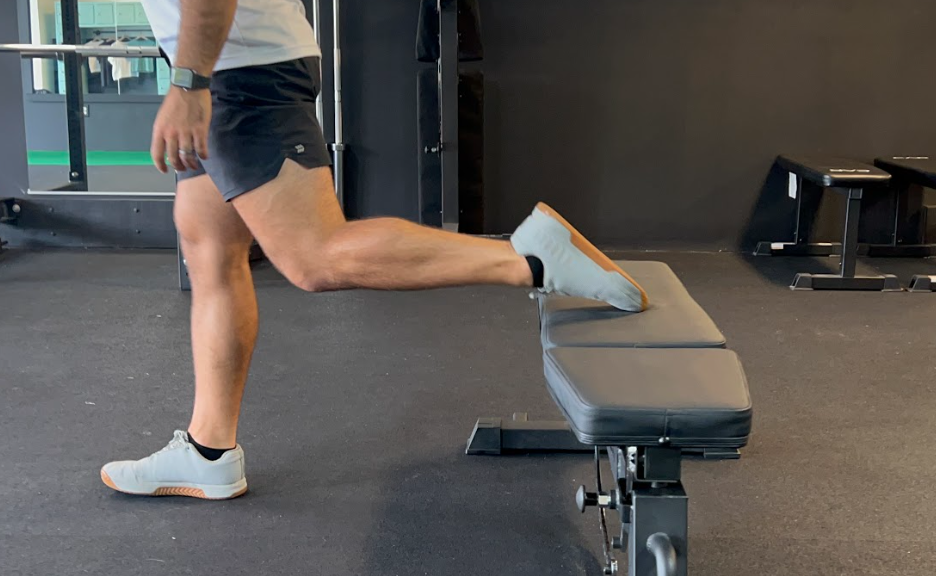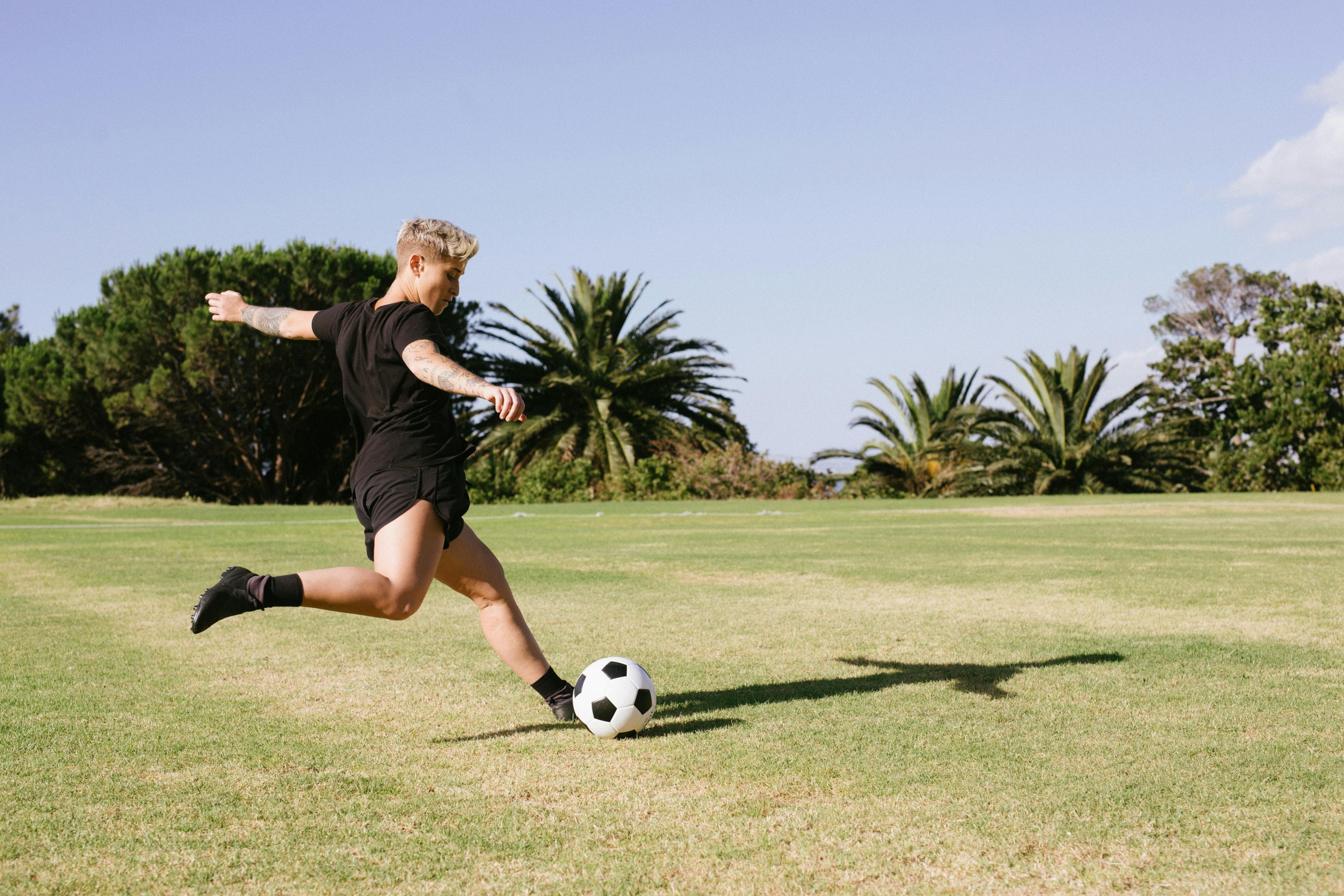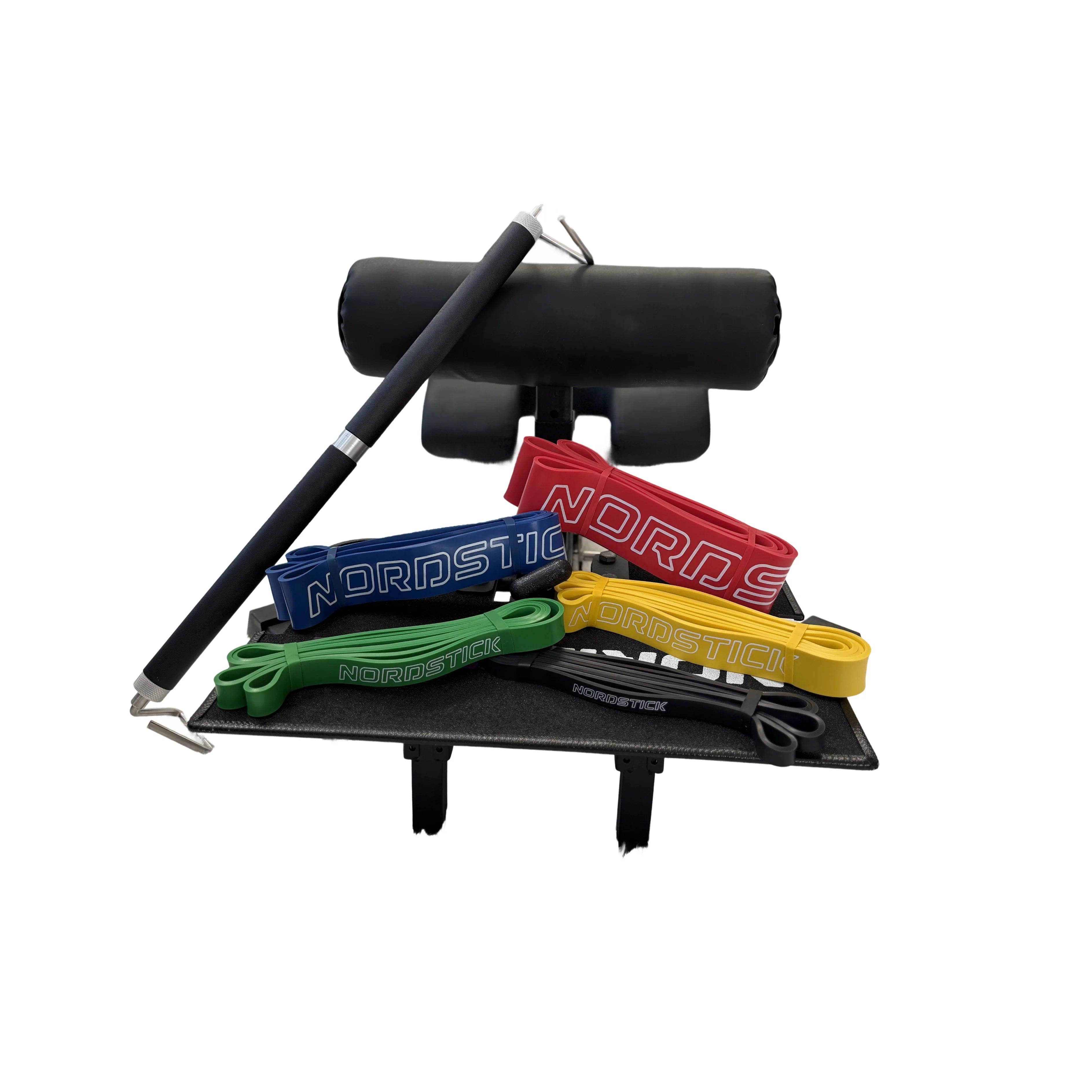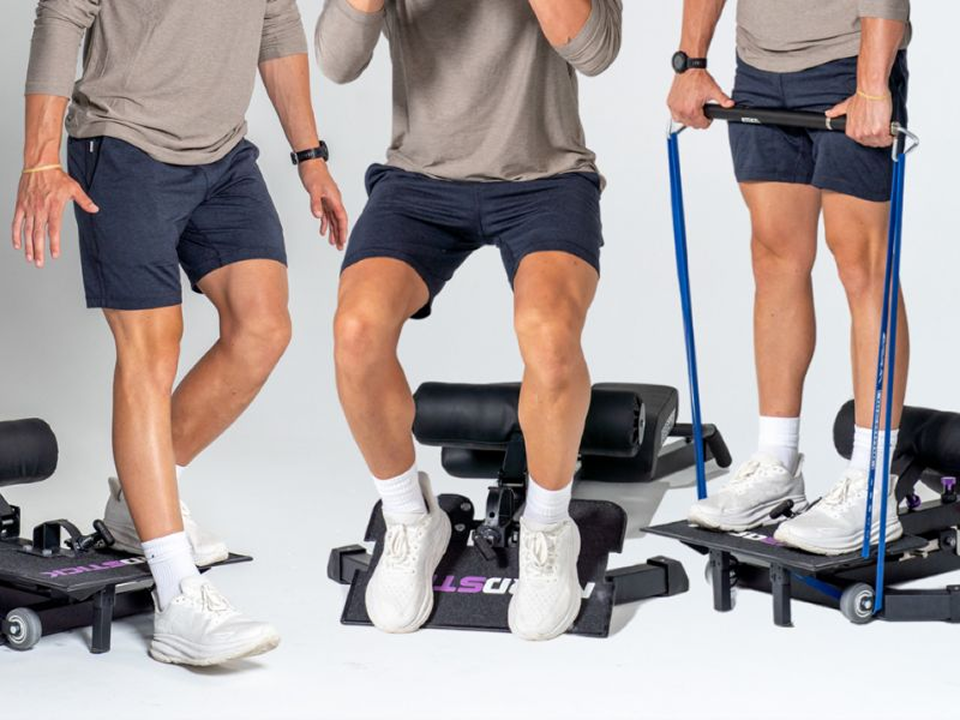Adjust Foot Position to Target Your Quads, Glutes, and More
Rear foot elevated split squats (RFESS) are one of the most effective lower body exercises for building strength, balance, and functional movement. What makes them even more powerful is the ability to adjust your foot placement to target specific muscles in your legs. Here’s how you can fine-tune your setup to get the most out of this versatile movement.

1. Close Foot Placement for Quad Dominance
How it works: Place your front foot closer to the bench so that as you lower, your knee moves forward over your toes.
Why it works: This variation shifts more focus to your quads, making it a great option for building strength in the front of your legs. While your entire leg still works, your quads take center stage.
2. Medium Foot Placement for Balanced Strength
How it works: Position your front foot a medium distance from the bench so your knee moves slightly forward but doesn’t fully translate over your toes.
Why it works: This setup provides a balance of quad, glute, and hamstring activation. You’ll feel the work evenly distributed across your entire leg, making this a great all-around strength-builder.
3. Extended Foot Placement for Glute Focus
How it works: Move your front foot farther from the bench so your knee stays back and doesn’t move forward much during the descent.
Why it works: This shifts the emphasis to your glutes and hamstrings, challenging them as your primary hip extensors. If your goal is to build glute strength, this variation is for you.
Scaling and Variations
To progress or modify the RFESS, try these variations:
Isometric Holds

Pause at the bottom position and hold for time. This builds stability and endurance in your legs.
Bodyweight RFESS
Perform the movement with no added resistance, focusing on control and form.
Banded RFESS
Add resistance by holding a band or using the NordBench band system. The band increases the challenge, especially at the top of the movement.
Weighted RFESS

Hold a dumbbell, kettlebell, or barbell to add load and take your leg strength to the next level.
Why Rear Foot Elevated Split Squats Matter

This exercise challenges your balance, builds unilateral strength, and prepares you for real-world movement patterns. Whether your goal is stronger quads, powerful glutes, or balanced lower body strength, the RFESS has you covered.
Start by dialing in your foot placement to target the muscles you want to work most and use the variations to progress as you build strength and confidence.









































Leave a comment
This site is protected by hCaptcha and the hCaptcha Privacy Policy and Terms of Service apply.